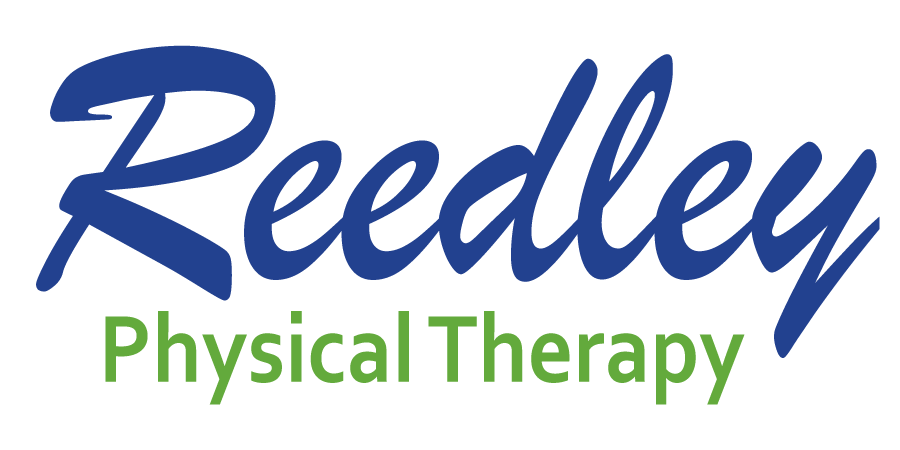Movement is Medicine: Common Core Training Mistakes
There was a time when “core” training was synonymous with doing a lot of sit ups. While some may still assume that having a six pack means that they have a strong core, we now have a much better collective understanding of what the “core” is, and how to effectively train it.
Most of us now understand that the “core” musculature refers to a group of muscles central, or proximal, to our bodies that create a stable foundation on which our extremities attach and move. The primary core stabilizing muscles are often deep to the more visible and superficial ones, but even though they cannot be easily visualized, they are functionally far more important than almost any other muscle in the body.
As awareness, and even popularity, grows a comprehensive understanding of how best to train these muscles is more important than ever. Functional core training has been the topic of previous articles, but today’s focus will be on the most common mistakes made when core training and how to prevent them.
- Front plank
While the plank position is designed to maximally recruit the anterior core musculature, it is all too easy to recruit the hip flexors to substitute for weak or fatiguing core muscles. What this looks like is a broken plank that leaves your hips hinged and high. The best way to mitigate this common cheat is to focus on the gluts, in order to push the hips back down and in line between the ankles and shoulders. The second strategy is to simply be aware of hold times and repetitions as overly fatiguing the muscles will force the body to compensate and develop bad habits.
- Dead bugs
This series of core exercises can be infinitely progressed and is therefore very useful both in the gym and in the clinic. The most common mistake made, however, is focusing more on outstretching the arms and/or legs instead of on stabilizing and breathing. The primary focus of this movement should be stabilizing the core and keeping the back flat against the mat or floor. If you feel your back arching up off the floor, you’ve lost the position and should stop the exercise. To best prevent this from happening you must stay focused and aware of your body position and then decrease the reach or movement of the arms and legs to lessen the strain on your core muscles.
- Bird dogs
Training the core on hands and knees offers a more advanced progression than what the dead bug series has to offer, but that does not make it immune to common problems. The biggest among them is allowing the back to arch or bend as the hands reach forward or the legs leach back. The second most common is to allow for rotation to happen at the low back or hips. Balancing a foam roll on the small of your back is a great way to prevent these faults from occurring as it will be obvious when you are coming out of the stable and balanced position when the foam roll rolls off your back.
If you’re already working on these exercises, focus on making sure they are being done correctly. If you are not, you should consider adding them to your routine.


